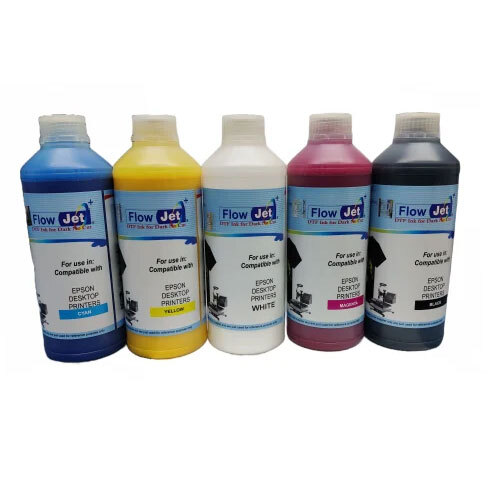
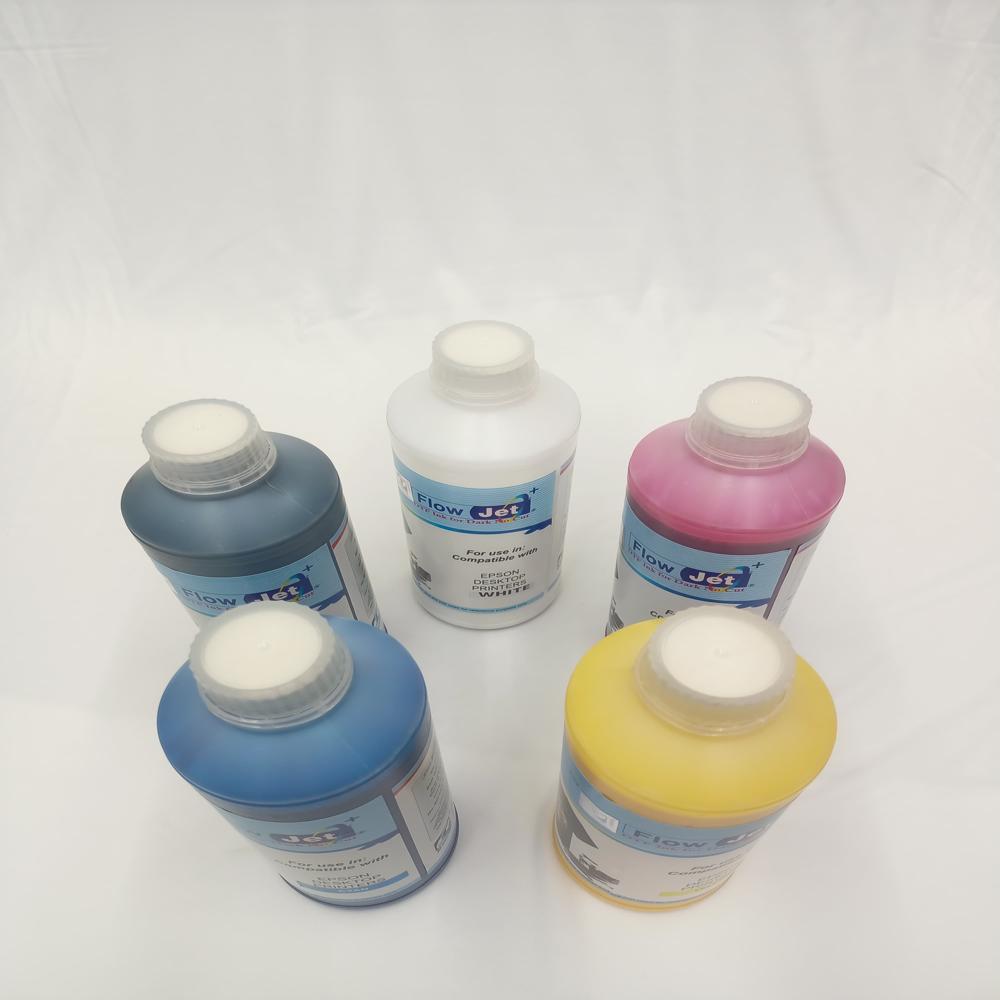
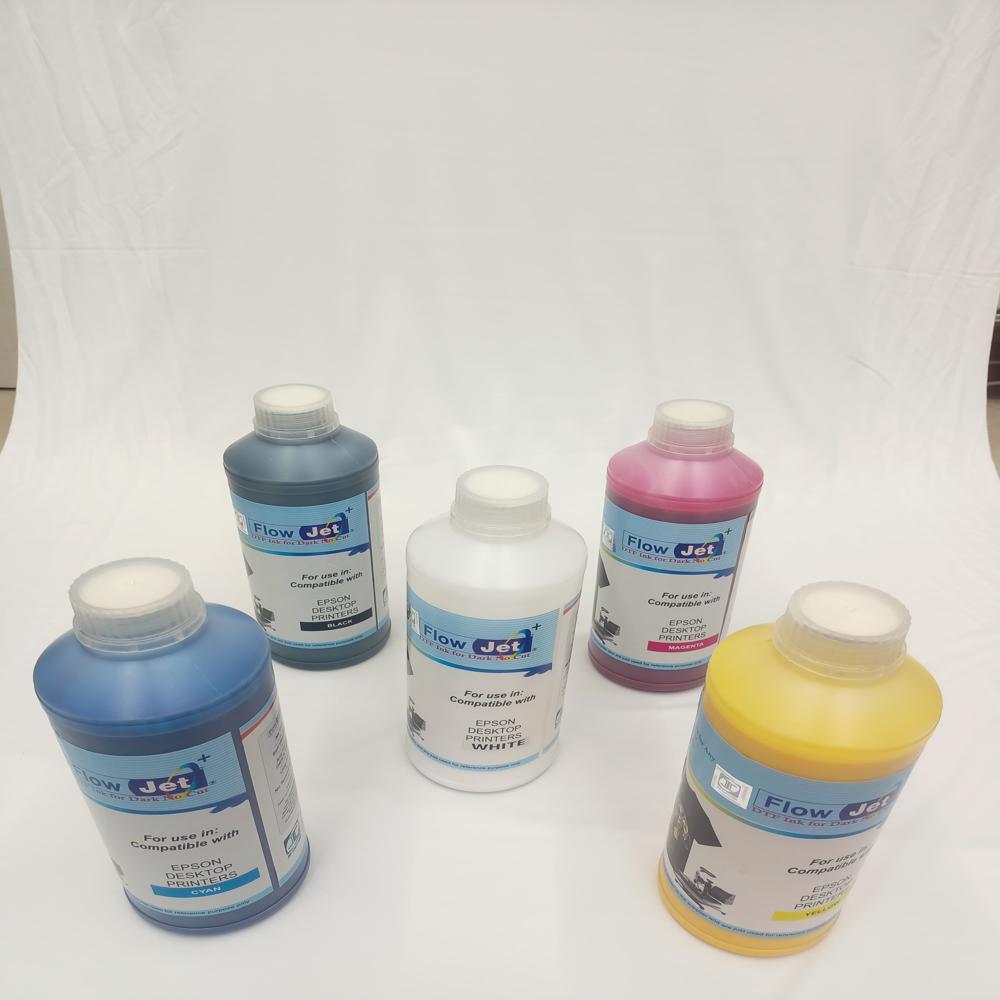
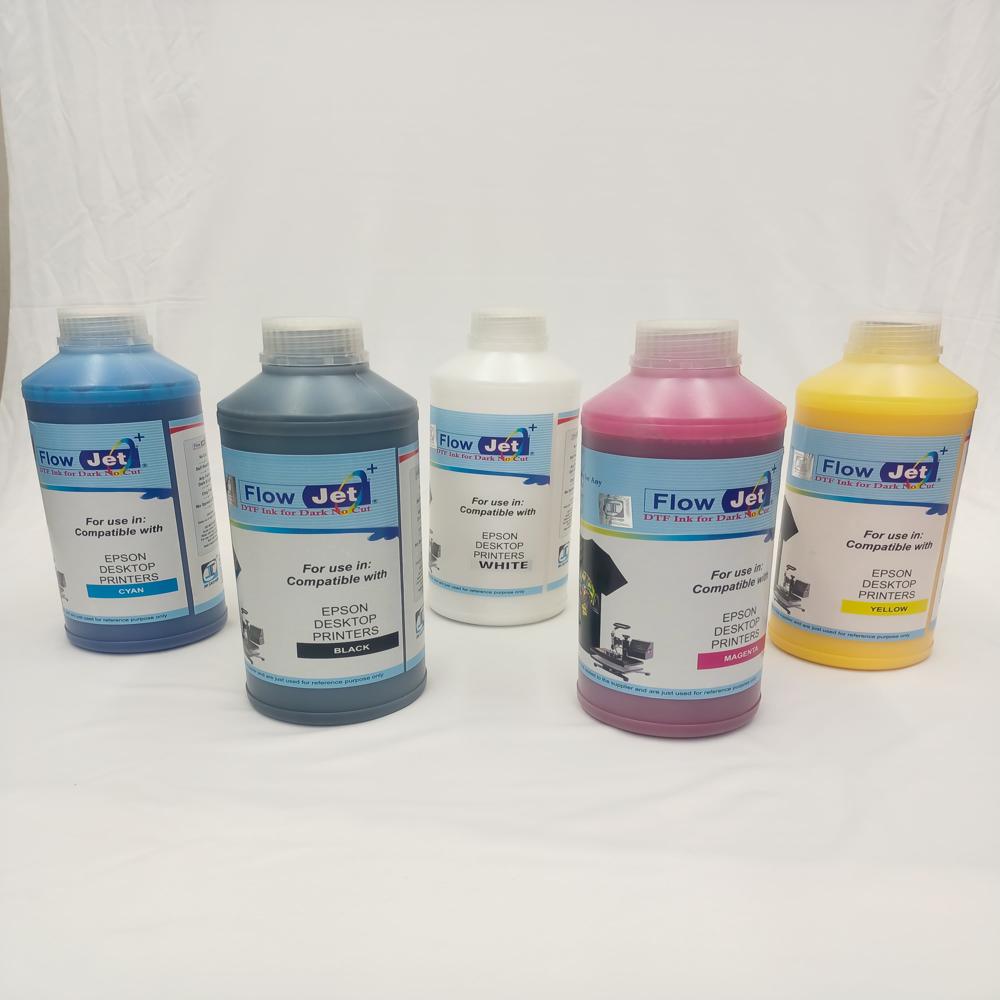
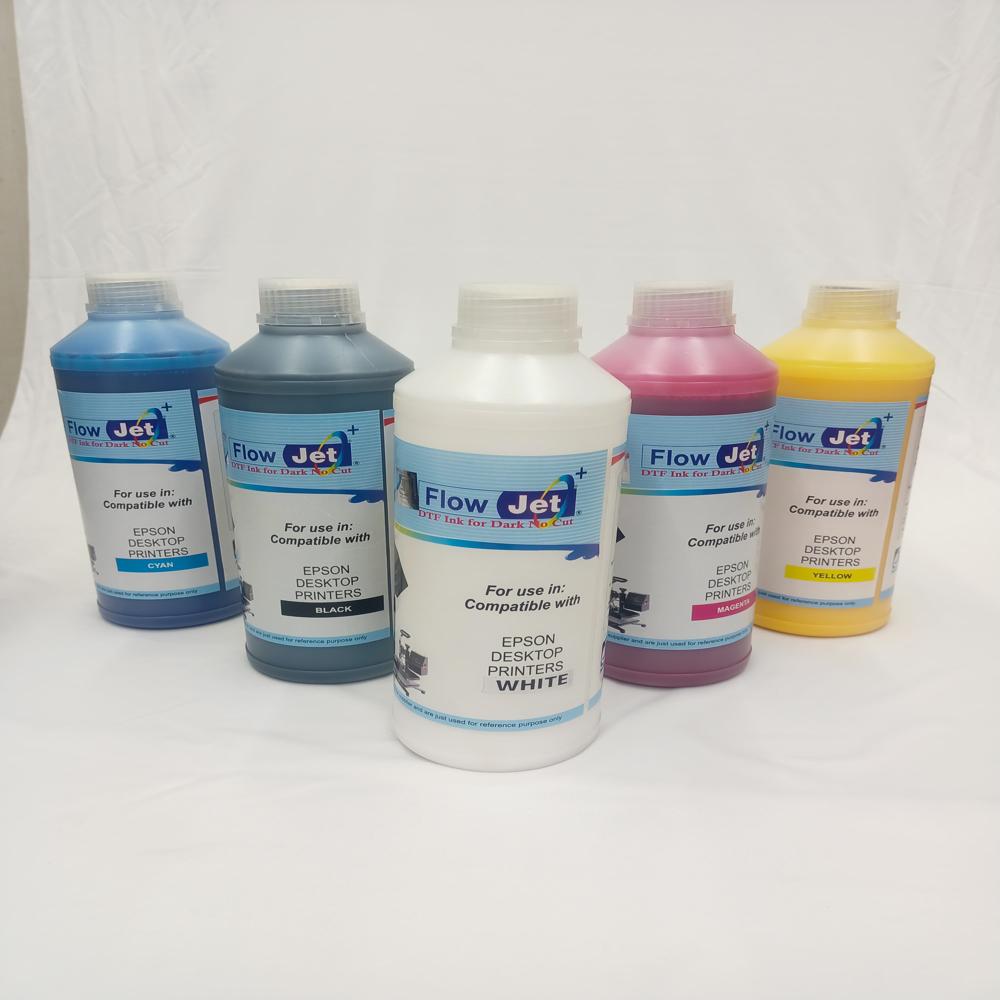
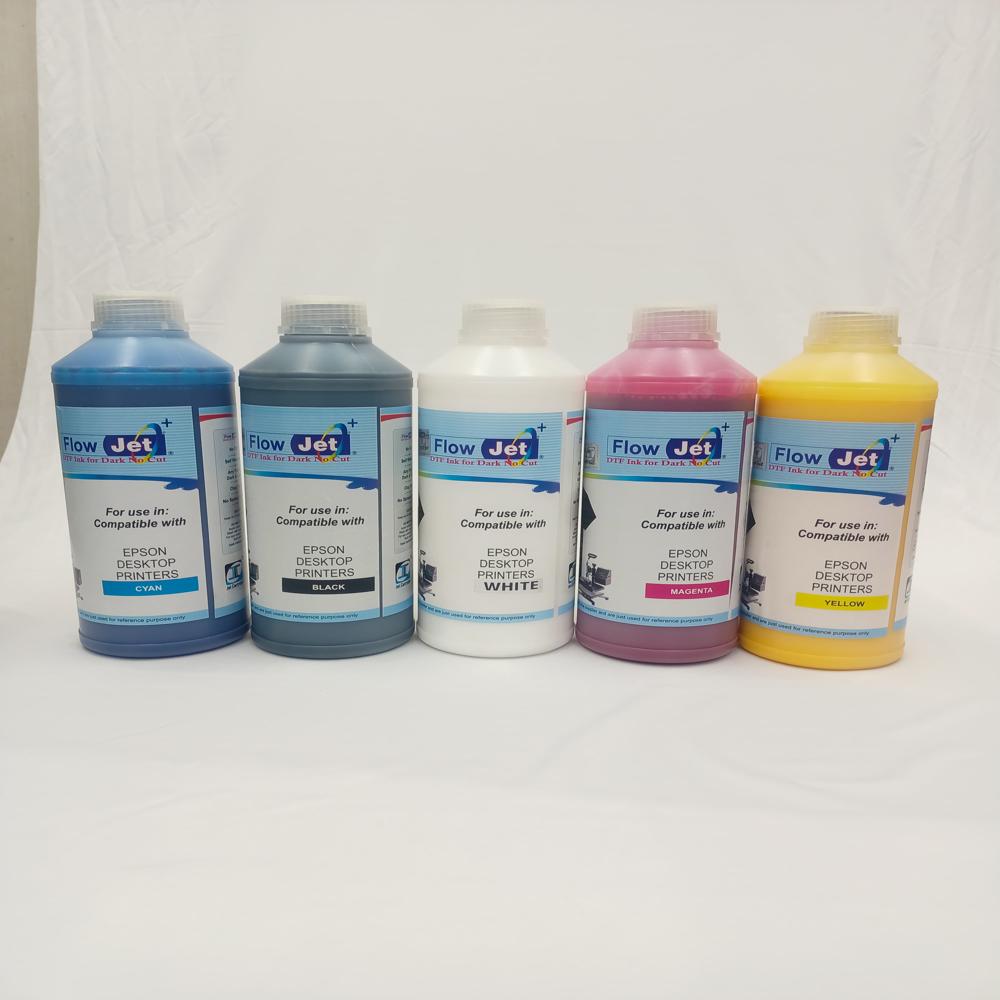
DTF Ink
2650.0 आईएनआर/Bottle
उत्पाद विवरण:
- मोटाई माइक्रोमीटर (um)
- उपयोग Industrial
- स्टैण्डर्ड High Quality
- स्टाइल DTF
- साइज 1KG
- टाइप करें
- एप्लीकेशन DTF Printer
- Click to view more
X
मूल्य और मात्रा
- 1
उत्पाद की विशेषताएं
- CMYKW
- किलोग्राम (kg)
- DTF
- High Quality
- Industrial
- माइक्रोमीटर (um)
- Ink
- DTF Printer
- 1KG
व्यापार सूचना
- ,
- प्रति महीने
- दिन
- Yes
- Heavy Modified Water Resistent Shrinking Box Packaging.
- , ,
उत्पाद विवरण
DTF (Direct-to-Film) ink is a specialized pigment-based ink specifically designed for use in DTF printing, a popular textile printing technique. This technique involves printing designs onto a special film, applying adhesive powder, and then heat-pressing the design onto garments and other materials.What is DTF ink made of?
DTF ink is formulated with pigments, resins, and other additives to achieve vibrant colors, strong adhesion, and durability. Pigments provide the color, while binders (resins) ensure the ink adheres to the transfer film and subsequently to the fabric. Solvents control the ink's viscosity for smooth printing, and additives like stabilizers and anti-clogging agents help maintain ink consistency and prevent clogging.
DTF ink is commonly water-based, making it more eco-friendly and safer to use indoors. Some DTF inks are also formulated as eco-solvent inks, which contain lower volatile organic compounds (VOCs) to reduce harmful emissions.
Advantages of DTF ink
- Vibrant colors: DTF inks deliver bright, bold colors and sharp details, making them ideal for intricate designs and photo prints.
- Durability: Prints made with DTF ink are highly durable and can withstand numerous washes without cracking, peeling, or fading.
- Versatility: DTF ink is compatible with a wide range of fabrics, including cotton, polyester, nylon, silk, leather, and blends, according to agoodprinter.com.
- No pre-treatment required: Unlike other printing methods like Direct-to-Garment (DTG), DTF printing doesn't require pre-treating the fabric, saving time and effort.
- Cost-effectiveness: DTF ink can be more cost-effective than other printing methods, especially for small and medium-sized orders, as it uses less white ink (a more expensive component).
- Soft hand feel: DTF prints maintain the natural texture of the fabric, providing a soft and comfortable feel.
-
Types of DTF inkDTF ink typically comes in a CMYK (Cyan, Magenta, Yellow, Black) format, along with a crucial white ink layer. The white ink acts as a base layer, allowing colors to pop on both light and dark fabrics. Some printers may also use optional light cyan and light magenta inks to enhance photo-quality details and achieve smoother gradients.Fluorescent DTF inks are also available to create glowing, neon-like effects for special prints.
- : Also located in Fort, Mumbai, they offer a wide range of printing supplies, including DTF ink.
Tell us about your requirement

Price: Â
Quantity
Select Unit
- 50
- 100
- 200
- 250
- 500
- 1000+
Additional detail
मोबाइल number
Email







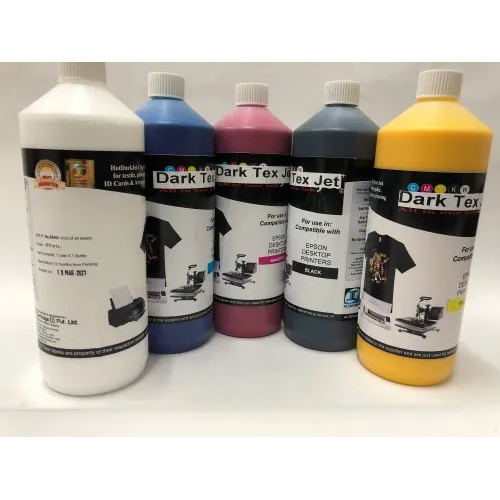
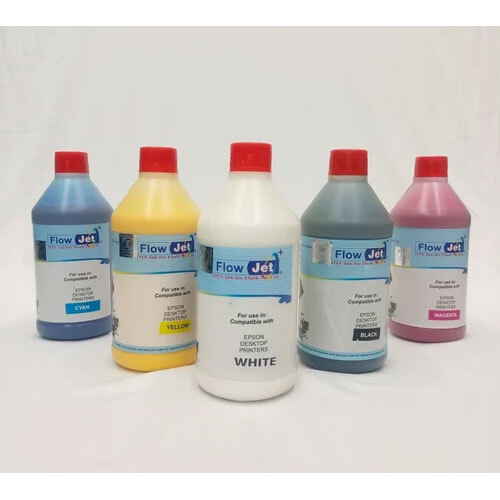
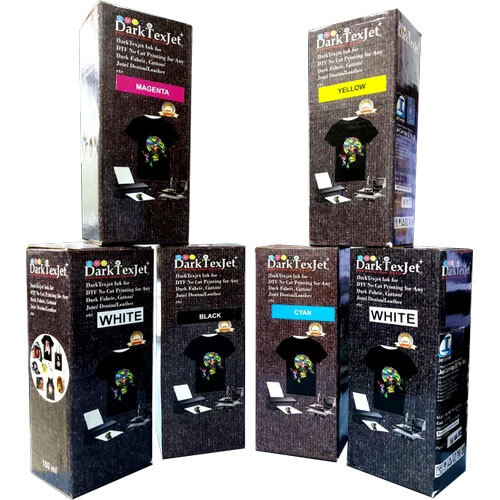
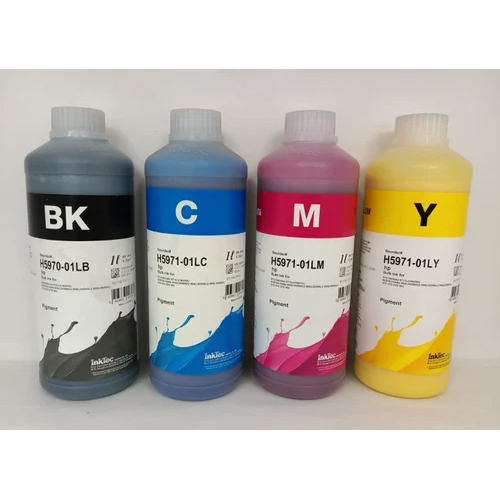
 जांच भेजें
जांच भेजें एसएमएस भेजें
एसएमएस भेजें
 English
English Spanish
Spanish French
French German
German Italian
Italian Chinese (Simplified)
Chinese (Simplified) Japanese
Japanese Korean
Korean Arabic
Arabic Portuguese
Portuguese